Seeding Things
2020 - 2021
Seeding Things No.1 (March 2021) Vimeo (5:30mins) exhibited at Mozfest 8-19 March. Artists talk 18th March, 20.15.
Seeding Things No.2 (June 2021) Vimeo (3.03mins) exhibitd in JJ Chan's exhibition 'What do we know (anyway)? at Bloc Projects, Sheffield. 10-17 July.
Seeding Things No.3 (August 2021) Vimeo (3.30mins) commissioned by Arthouses for 'LOCALWifi' with mountains made and cared for by participants from Whitley Bay, UK.
I often work in dialogue with others through generative encounters, some of which are extended collaborations. Seeking generative encounters led me to working with ML, in part because of the Covid-19 pandemic.
I’m slowly producing a data set from a clay form embedded with grass seeds that has been growing since April 2020 and a Runway ML model based on hundreds of photographs of it taken over the months. At some point during the summer a mouse started to investigate and I began feeding it, so the grass is now shaped by its movements. The resulting models inevitably have the easily recognised look of RunwayML. This is an early test video from the dataset pre-mouse.
I’ve been thinking of the two models as linked parallel experiments with growing things that are ‘seeded’. I tend-to and shape both, and of course they both run on underlying principles that pre-exist my interventions. Authorship means different things in relation to the growth of grass, the RunwayML algorithm, and mouse hunger and habits. I am starting to think about whether I can productively think of working with ML as generative encounters in which authorship follows metaphors or seeding and tending. For me there is something productive in thinking care-fully, when tending to the needs of something is both caring, controlling and being controlled by.
The work is quietly influenced by ideas of environmental and human justice from fiction (Jemisin 2015-17, VanderMeer 2014), an entangled understanding of more-than-human relationships from social sciences (Tsing 2015, Haraway 1991 & 2016, Barad 2007), and of environmental and microbial care (Puig de la Bellacasa 2017). This complex ecology of ‘contaminated diversity’ (Tsing 2015) produces sublime encounters that threaten and enthral.
Serres parasites and George Marcus’s para-sites have stayed with me from Para-Site-Seeing and are both useful in thinking about the potential inequalities of productive encounters. I’ve also been thinking about Anna Tsing’s concept of ‘contaminated diversity’, in which the polyphony of human-environment interactions often involves uncomfortable histories that are part of the present. The needs of the grass (which is undercover and therefore dependent on my watering), the mouse which would survive without my feeding but possibly has an easier time finding food that I leave, and the ML software which is entangled with histories and potential uses of AI allow me to think about care in different ways. I am sometimes surprised by what happens in all three forms of life, they are generative encounters. For me thinking about the differences in ‘life’ and authorship is a way to follow some of the principles in the AI Manifesto, to be aware of the work behind the algorithms, and to explore some of the dependencies of different kinds of lives. I’m also intruiged by the sense of temporality in the RunwayML videos that are both speeded up, but drag in a way that echoes my experience of Covid lockdowns.
As I write in early March, the mouse has stopped visiting.
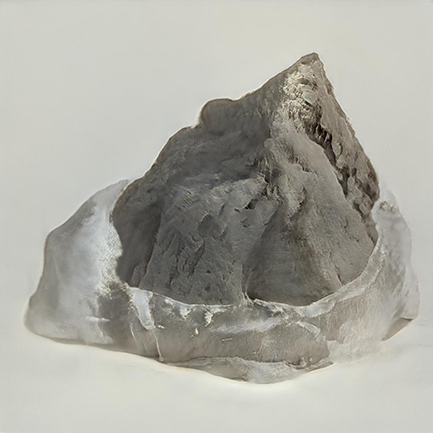
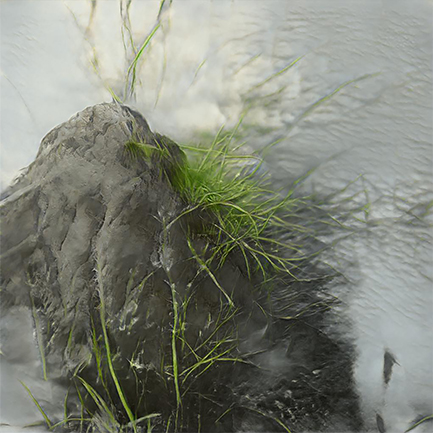
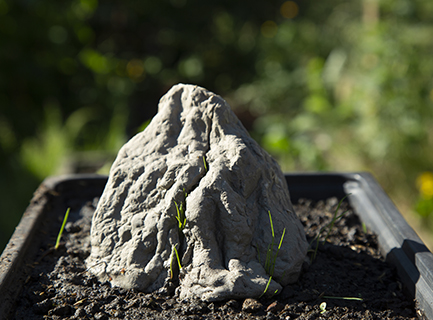
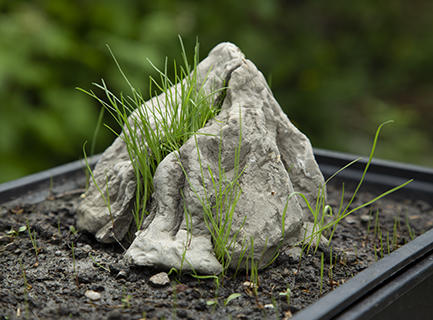

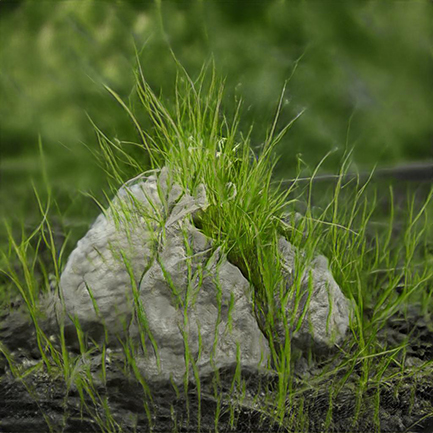

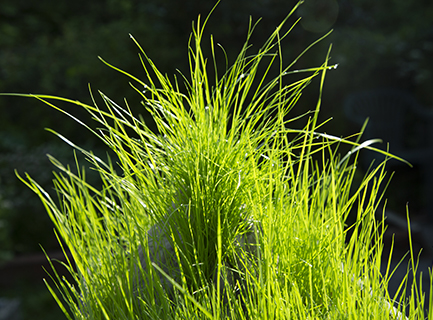
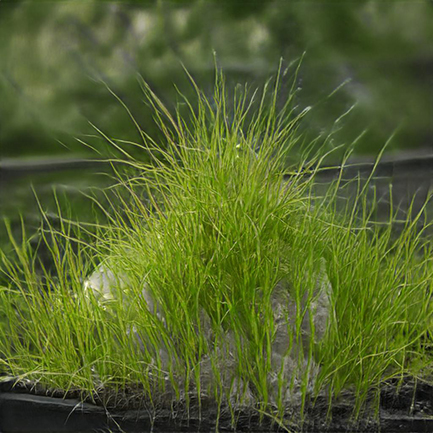
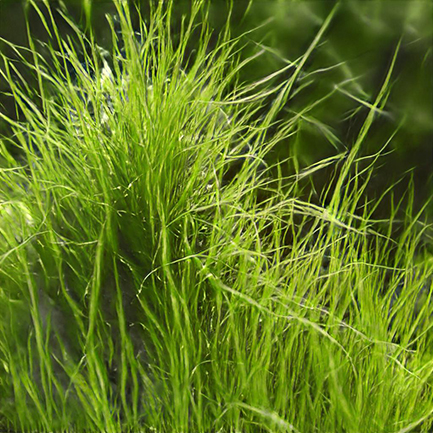
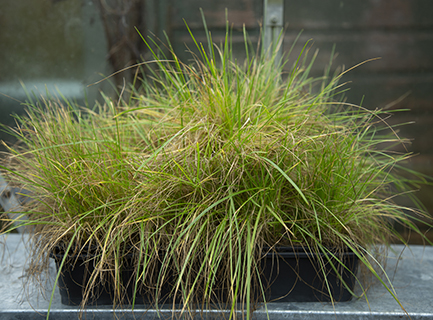
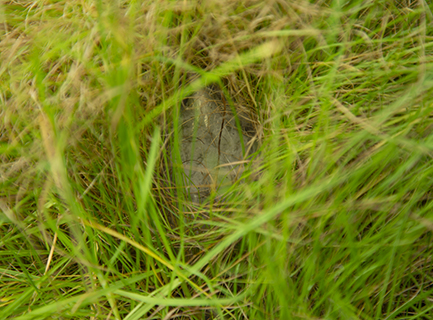
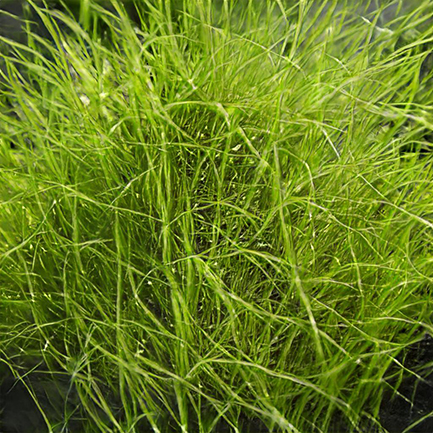
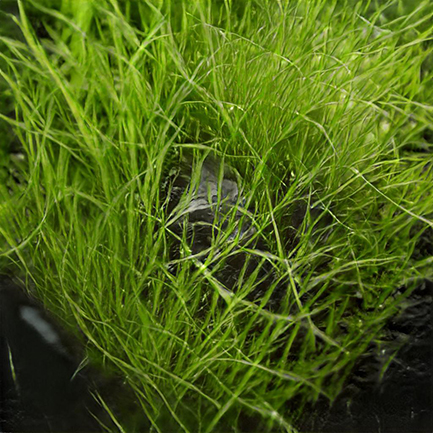
![]()
